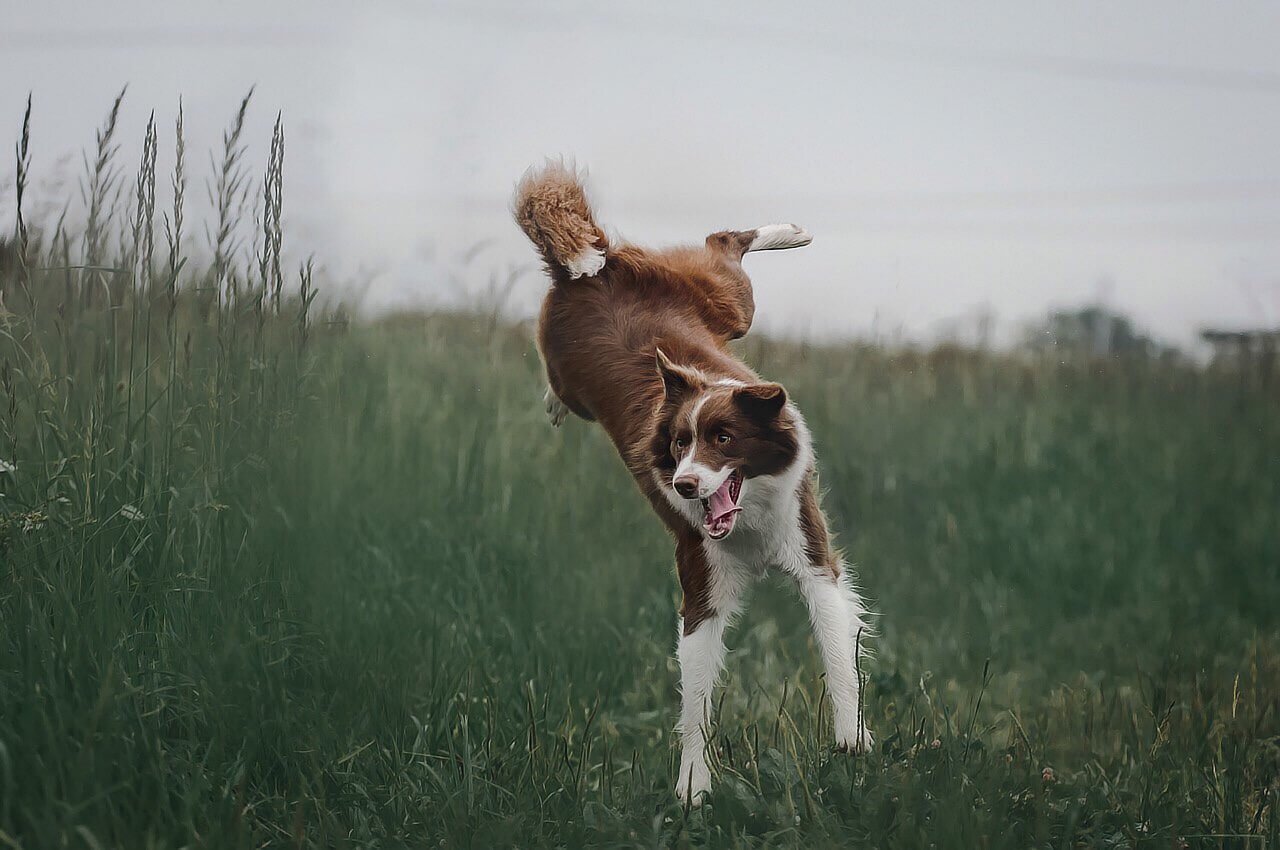Can a Bully Stick Make a Dog Sick? Understanding the Risks and Benefits
Bully sticks are one of the most popular dog treats on the market, loved by pet owners for their durability and ability to keep dogs entertained. These all-natural chews are made from dried bull pizzle (yes, you read that right!) and are often marketed as a safe alternative to rawhide. But can a bully stick make a dog sick? While they’re generally considered safe, there are potential risks every dog owner should be aware of.
In this blog post, we’ll explore the pros and cons of bully sticks, examine the factors that could lead to illness, and provide tips on how to use them safely. Whether you’re a seasoned bully stick enthusiast or a curious first-time buyer, this guide will help you make informed decisions about your pup’s snacking habits.
Potential Risks: Can a Bully Stick Make a Dog Sick?
While bully sticks are widely regarded as a safe treat, no product is entirely risk-free. Here are some potential risks associated with bully sticks that could make your dog sick if not used carefully.
Choking Hazard:
If a dog bites off a large piece of a bully stick, it could become lodged in their throat, leading to choking.Digestive Blockages:
Swallowing large chunks of the chew may cause intestinal blockages, especially in smaller dogs.Bacterial Contamination:
Poor-quality bully sticks or improper storage can harbor harmful bacteria like salmonella or E. coli.Allergic Reactions:
Some dogs may have sensitivities or allergies to beef-based products, which could cause symptoms like vomiting or diarrhea.Overconsumption:
Feeding too many bully sticks in one sitting can upset a dog’s stomach due to the high fat content.
While these risks exist, they can often be mitigated with proper supervision and moderation. Always monitor your dog while they enjoy a bully stick to ensure their safety.
Signs Your Dog May Be Sick After Eating a Bully Stick
If you suspect your dog has had an adverse reaction to a bully stick, it’s important to recognize the warning signs early. Here are some common symptoms that may indicate your dog is feeling unwell after consuming a bully stick.
Vomiting:
Persistent vomiting can signal digestive distress or an allergic reaction.Diarrhea:
Loose stools are a common sign of gastrointestinal upset caused by overeating or poor-quality treats.Lethargy:
A sudden lack of energy or enthusiasm may indicate that your dog isn’t feeling well.Difficulty Breathing:
This could suggest a choking incident or an allergic reaction requiring immediate attention.Abdominal Pain:
Whining or reluctance to move may indicate a blockage or other internal issue.
If you notice any of these symptoms, consult your veterinarian promptly to rule out serious complications. Early intervention can make all the difference in your dog’s recovery.
Check this guide 👉How Many Bully Sticks Can a Dog Have? Best 7 Expert Tips!
Check this guide 👉Top 5 Durable Dog Bones for Ultimate Chewing Fun!
Check this guide 👉Can Dogs Have Beef Bones? Best 7 Expert Tips!

Risks of Bully Sticks | How to Mitigate Them |
|---|---|
Choking hazard | Supervise your dog while chewing |
Digestive blockages | Choose appropriately sized bully sticks |
Bacterial contamination | Purchase high-quality, reputable brands |
Allergic reactions | Introduce new treats gradually |
Overconsumption | Limit treats to once or twice a week |
Benefits of Bully Sticks: Why They’re Worth Considering
Despite the potential risks, bully sticks offer numerous benefits that make them a favorite among dog owners. When used responsibly, they can be a healthy and enjoyable treat for your furry friend.
Long-Lasting Entertainment:
Bully sticks keep dogs busy for extended periods, reducing boredom and destructive behavior.Dental Health Benefits:
Chewing on bully sticks can help reduce plaque and tartar buildup, promoting better oral hygiene.High-Quality Protein Source:
Made from 100% beef, bully sticks provide a nutritious protein boost without artificial additives.Easily Digestible:
Unlike rawhide, bully sticks are gentle on most dogs’ stomachs, making them a safer option for many pups.Suitable for Aggressive Chewers:
Their tough texture makes them ideal for dogs who love to gnaw and chew.
When chosen and used correctly, bully sticks can be a valuable addition to your dog’s treat rotation. Just remember to balance their diet and monitor their chewing habits.
Tips for Choosing Safe Bully Sticks for Your Dog
Not all bully sticks are created equal, and selecting the right product is crucial for your dog’s health and safety. Keep these tips in mind when shopping for bully sticks.
Opt for Reputable Brands:
Choose companies known for high-quality, ethically sourced products.Check the Ingredients List:
Ensure the bully stick contains only natural ingredients, with no added preservatives or chemicals.Consider Your Dog’s Size:
Select bully sticks appropriate for your dog’s size to prevent choking or swallowing hazards.Look for Odor-Controlled Options:
Some bully sticks are specially treated to reduce odor, making them more pleasant for indoor use.Inspect Before Buying:
Avoid bully sticks that appear brittle, overly greasy, or discolored, as these may indicate poor quality.
By following these guidelines, you can ensure your dog enjoys a safe and satisfying chewing experience. Always prioritize quality over cost when it comes to your pet’s health.
Alternatives to Bully Sticks for Sensitive Dogs
If your dog has a sensitive stomach or allergies, consider these alternatives to traditional bully sticks. These options provide similar benefits without the same risks.
Dehydrated Sweet Potato Chews:
A hypoallergenic option that’s rich in fiber and vitamins.Antler Chews:
Naturally shed antlers are long-lasting and great for dental health.Fish Skin Twists:
High in omega-3 fatty acids, these chews support skin and coat health.Yak Chews:
Made from yak milk, these hard chews are digestible and low in fat.Vegetable-Based Dental Chews:
Designed to clean teeth while being gentle on sensitive tummies.
These alternatives cater to dogs with specific dietary needs while still offering plenty of chewing enjoyment.
Signs Your Dog Loves Bully Sticks
If you’re unsure whether bully sticks are a hit with your dog, look for these telltale signs of approval. They’ll let you know if bully sticks are a keeper!
Excited Wagging Tail:
A wagging tail upon seeing a bully stick is a clear sign of enthusiasm.Focused Chewing:
Your dog spends long periods happily chewing without distractions.Guarding Behavior:
Some dogs will guard their bully stick, indicating how much they value it.Positive Association:
Your dog runs to you excitedly whenever you bring out a bully stick.Increased Calmness:
Chewing on a bully stick often has a calming effect, reducing anxiety.
These behaviors show that bully sticks are more than just a treat—they’re a source of joy and comfort for your pup.
Common Myths About Bully Sticks Debunked
Misconceptions about bully sticks abound, but separating fact from fiction helps you make informed choices. Let’s debunk some common myths.
Myth: Bully sticks are made from cow hooves.
Fact: Bully sticks are made from dried bull pizzle, not hooves or other parts.Myth: All bully sticks smell bad.
Fact: Odor-free bully sticks are widely available and significantly reduce smell.Myth: Bully sticks are unhealthy.
Fact: High-quality bully sticks are a natural, protein-rich snack free of artificial additives.Myth: Bully sticks are only for large dogs.
Fact: Bully sticks come in various sizes suitable for small, medium, and large breeds.Myth: Bully sticks last forever.
Fact: While durable, bully sticks eventually wear down and need replacing.
Understanding these truths ensures you approach bully sticks with accurate information, maximizing their benefits for your dog.
Frequently Asked Questions About Bully Sticks
Are bully sticks safe for puppies?
Yes, but supervise them closely and choose smaller-sized bully sticks to prevent choking.
How often can I give my dog a bully stick?
Limit bully sticks to once or twice a week to avoid overconsumption and maintain dietary balance.
Can bully sticks cause pancreatitis?
Overfeeding fatty treats like bully sticks may increase the risk of pancreatitis in susceptible dogs.
Are odor-free bully sticks worth it?
Odor-free options are ideal for households sensitive to strong smells, though they may be slightly less durable.
What should I do if my dog swallows a large piece of a bully stick?
Contact your vet immediately to assess whether intervention is needed.
The Final Verdict: Balancing Fun and Safety with Bully Sticks
In conclusion, bully sticks can be a fantastic treat for dogs when used responsibly. While there are risks associated with any chew product, understanding these risks and taking preventive measures can help ensure your dog stays happy and healthy. By choosing high-quality bully sticks, supervising your pup during chewing sessions, and limiting portion sizes, you can minimize potential hazards. Ultimately, the key is to strike a balance between fun and safety, allowing your dog to enjoy the many benefits of bully sticks without compromising their well-being.
Understanding Acantholytic Cells in Dogs: Best 7 Tips! Learn about acantholytic cells, their role in skin conditions, and how to manage them effectively for your dog’s health.
Best Dogs for Chickens: Best 7 Expert Tips! Discover the top dog breeds and expert advice for keeping chickens safe. Learn how to build a harmonious farmyard team today!
Can a Bully Stick Make a Dog Sick? Best 7 Expert Tips! Discover risks, benefits, and expert advice to keep your dog safe while enjoying bully sticks.
Great Dane Irish Wolfhound Mix: Best 7 Expert Tips! Discover essential advice on care, temperament, and health for this majestic hybrid. Perfect for dog lovers seeking a gentle giant!



